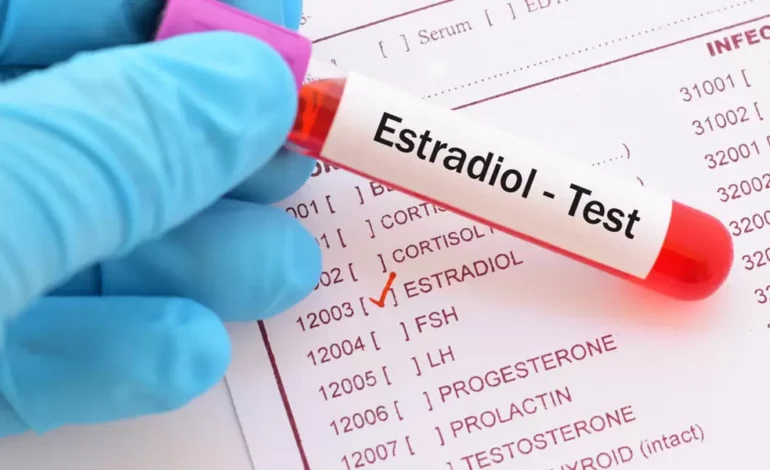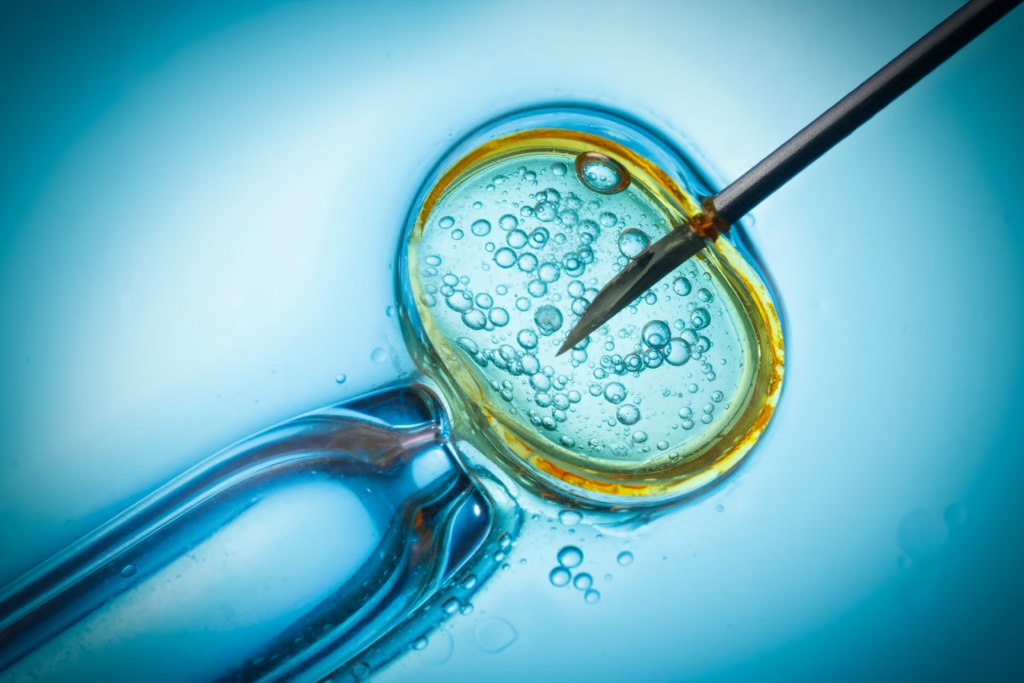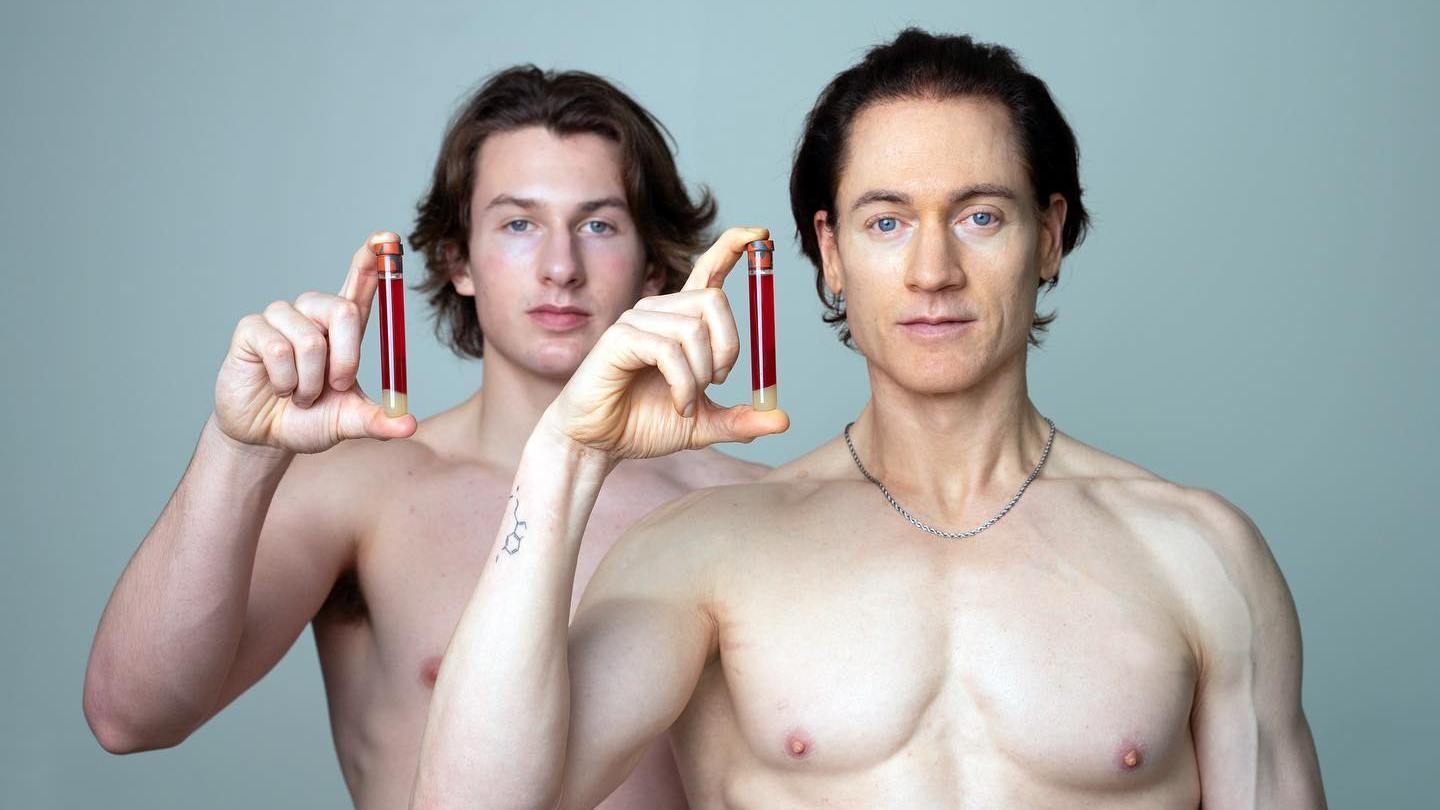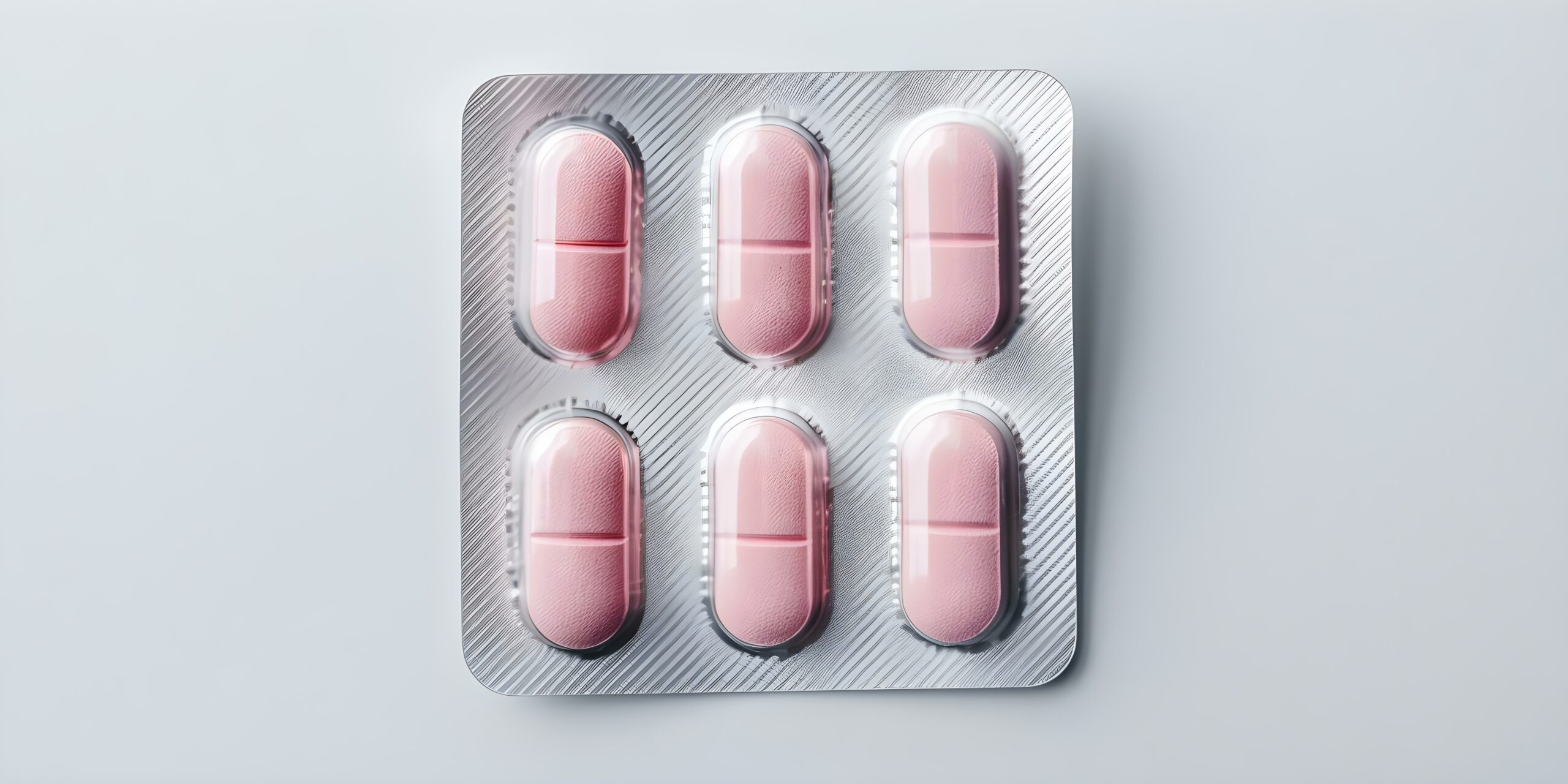Why Won’t Anybody Tell You What Serum Estradiol Level Is Optimal in Menopause?
By Gloria Lancer – Ravoke.com When a woman begins hormone therapy during menopause, one of the most critical—and confusing—questions arises:What should my estradiol level actually be? Doctors measure it. Labs

By Gloria Lancer – Ravoke.com
When a woman begins hormone therapy during menopause, one of the most critical—and confusing—questions arises:
What should my estradiol level actually be?
Doctors measure it. Labs report it. Women track it. But when you ask for a specific target number, you’re often met with vague answers, cautious language, or complete silence.
So, why won’t anyone just tell you what serum estradiol level is optimal during menopause while on hormone therapy? The answer is complicated, but important.
Understanding Estradiol and Menopause
Estradiol is the most potent form of estrogen in the body. During a woman’s reproductive years, estradiol supports everything from bone density and brain health to skin elasticity and mood regulation.
But during menopause, estradiol production plummets, triggering classic symptoms like:
- Hot flashes
- Vaginal dryness
- Insomnia
- Brain fog
- Mood swings
- Loss of bone and muscle mass
Hormone therapy (HT)—typically involving estradiol—aims to restore balance and relieve these symptoms. Yet there’s little agreement on how much estradiol is enough.
Why There’s No Clear “Optimal” Estradiol Number
There are several reasons why no one gives a straight answer—and they all reflect just how nuanced female hormone care really is.
1. There’s No One-Size-Fits-All Answer
What’s “optimal” for one woman may be excessive or insufficient for another. Age, genetics, weight, metabolic rate, and personal health history all influence how your body processes estradiol.
2. Estradiol Levels Fluctuate—Even on Therapy
Levels of estradiol can vary significantly depending on:
- Time of day
- Method of administration (patch, cream, oral, injection)
- Where the blood sample is taken from (arm vs. fingertip)
- Lab variability
- Timing of the test relative to dose
This makes it difficult to pin down a consistent “ideal” number.
3. Medical Guidelines Focus on Symptom Relief—Not Numbers
Most menopause specialists base treatment success on how the patient feels—not on strict lab ranges. Relief of symptoms and quality of life take priority over achieving a fixed blood level.
4. Fear of Liability and Overprescription
Some physicians avoid giving specific target levels out of fear. If a number is deemed “optimal” but leads to side effects, they risk backlash or legal exposure. This leads to cautious language and vague recommendations.
5. Research is Incomplete and Evolving
Despite decades of hormone therapy use, long-term data on exact therapeutic estradiol levels is still lacking, especially in bioidentical forms and personalized dosing methods. Studies vary widely in dosage, delivery method, and outcome tracking.

What Blood Levels Are Typically Seen on Hormone Therapy?
While no “universal” target exists, here’s what’s commonly observed:
- Postmenopausal women not on hormone therapy often have estradiol levels below 20 pg/mL.
- Women on low to moderate dose hormone therapy may have levels between 30–100 pg/mL.
- High-dose therapy can push levels above 100 pg/mL, though this is more controversial.
Again, these are not firm targets—just ballpark figures. Some women feel great at 40 pg/mL, others need 80 pg/mL to relieve symptoms. And some do fine with even less.
Does Method of Delivery Matter?
Absolutely. The route of administration affects how estradiol is absorbed and how blood levels reflect activity:
- Transdermal (patch, cream, gel): Bypasses the liver and may produce more stable levels
- Oral estradiol: Undergoes liver metabolism, possibly affecting clotting factors and lipid profile
- Vaginal estrogen: Usually acts locally with minimal systemic absorption
- Injections or pellets: Can create large peaks and troughs in estradiol levels
This is why two women on the “same dose” may show completely different blood levels—and feel very different.
Should You Even Be Testing Estradiol Levels?
It depends on your goals.
Many menopause specialists treat based on symptom response rather than numbers. However, testing can be useful for:
- Baseline assessment before starting therapy
- Ensuring absorption is happening
- Monitoring consistency over time
- Addressing side effects or unresolved symptoms
But it should always be interpreted in context—with your symptoms, goals, and delivery method in mind.
What Matters More Than the “Number”
Instead of chasing a perfect estradiol level, focus on:
- How you feel: Are your symptoms improving?
- Your safety profile: Are blood pressure, clotting, and breast health being monitored?
- Consistency: Is your treatment plan stable and regularly reviewed?
Hormone therapy isn’t about hitting a target on paper—it’s about restoring balance in a way that’s sustainable, personalized, and beneficial.
Some Takeaways: It’s Not About One Magic Number
If you’re frustrated that no one will tell you the “right” estradiol level to aim for—don’t be. The silence isn’t a lack of care; it’s a reflection of just how personal and dynamic hormone health truly is.
The goal isn’t to reach a lab number—it’s to feel like yourself again. I hope this Ravoke story inspires you to move closer to that goal, or even take the very first step.








